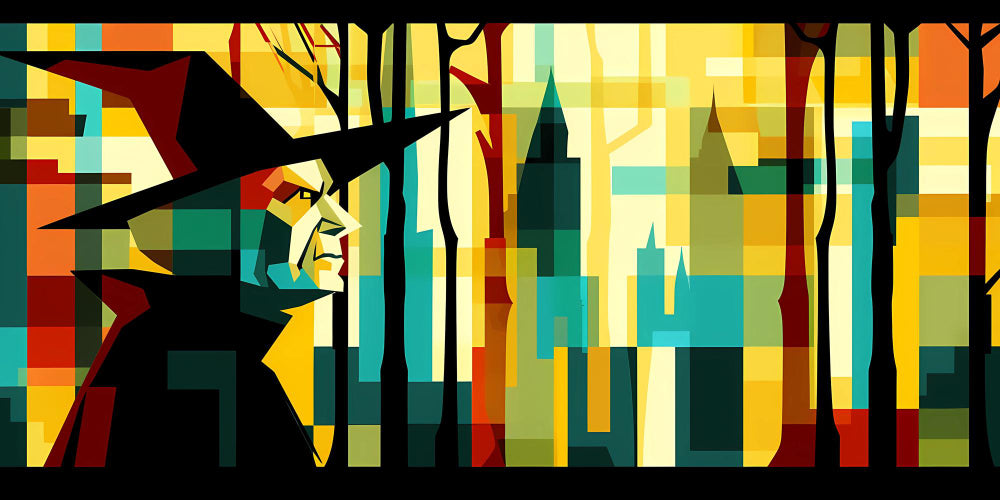
Monochromatic Color Schemes in Abstract Art
Monochromatic Color Schemes in Abstract Art
Monochromatic color schemes have been the bedrock of abstract art since time immemorial; they allow for the exploitation of the depth and versatility of color in its singularity. Limiting the colors to just colors of one color can further enable the enunciation of other elements, like texture, form, and composition, which gives the viewer a more immersive experience. In the abstract, shapes and forms often are used against the grain of traditional representations; the simplicity of a monochromatic scheme can be a subtle yet powerful way to evoke emotion and meaning.
The Power of One Color
In the case of a monochromatic scheme that uses one base color and all its tints, tones, and shades, there would be variation inside the artwork itself. Tints are produced by adding white to the given color, therefore lightening it, while shades are produced by adding black, which darkens it. On the other hand, tones are created by mixing the base color with gray. This kind of composition of tones creates visually harmonious yet dynamic, contrastive yet cohesive effects inside the artwork.
While abstract art refuses literal representation in a strict sense, a single tonal value can cohere and define the image, and contrast in light and dark is necessary to guide the eye through the composition. Thus, for instance, a painting employing blue monochromacy is soothing, peaceful, or even melancholic, given the tone and contrast used.
Creating Texture and Form
In fact, artists often focus more on texture and form while working with a monochromatic palette. Different values within the same color family make the physical qualities of the paint or medium stand out, hence creating a sense of tactility. Techniques, such as impasto--in which great amounts of paint are applied to canvas--come alive when working in a monochromatic form, producing dimension and movement.
Abstract art forms and shapes are often interpreted. The monotone scheme allows these elements to shine uncontested by bold or clashing colors. This minimalist approach often leads one to a more thought-provoking viewing experience where the subtlety of form and texture takes the center stage.
Emotional and Psychological Impact
Colors have psychological effects, and monochromatic schemes will intensify that effect. In abstract art, when moods and emotions are sometimes represented with nonrepresentational means, a single color can be just as purposeful. A red monochromatic piece would create passion, intensity, or even aggression; a painting in green may be considered serene or in growth.
Actually, by holding back the diversity of colors an artist allows for further emotional undertones of the artwork. The absence of many colors gives a sensation of serenity and one-point concentration, which allows the listener to perceive the work on the personal level.
Conclusion
The application of monochromatic schemes in abstract painting gives the possibility of expressing a soul inside form, texture, and emotions. Focusing strictly on one color may indeed allow for masterpieces of heavy evocation in art. Subtle or bold, these works show that simplicity can be the fulcrum that bridges greatness through, literally, less is more. For anyone who feels they do not relate personally to abstract art, monochromatic pieces are an invitation to pause and observe the richness offered by a single color.
Monochromatic Color Schemes in Abstract Art








